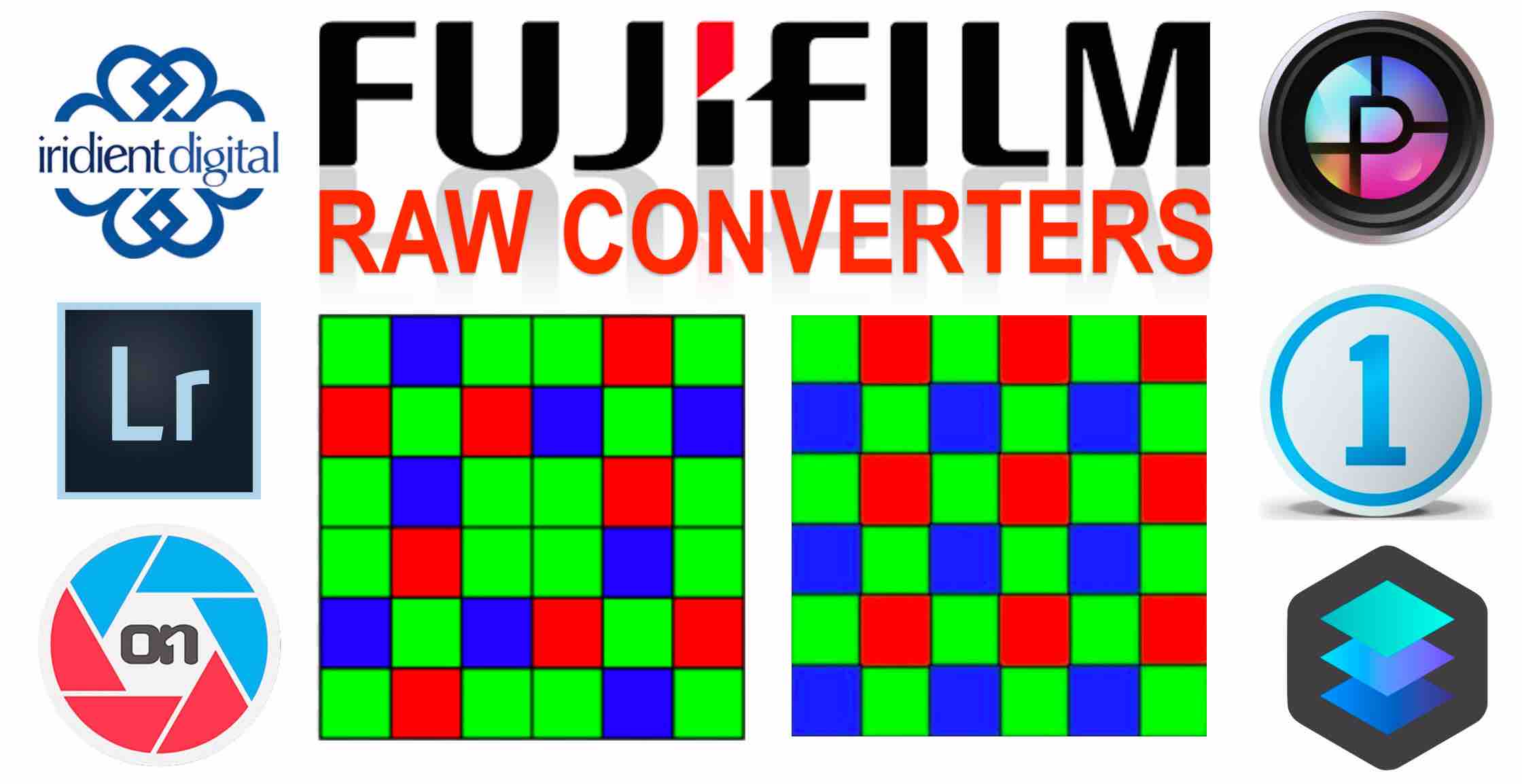
Although it does a great job with most of the RAW files, it can’t handle x-trans RAW data very well. Lightroom is one of the most well known RAW editors. Well known RAW editors and how they handle x-trans RAW files Lightroom If we have the knowledge, we can have the exact same result everywhere. If we opened an x-trans file in both Lightroom and Capture One and we found the colors and contrast of the latter better for example, it’s not that Lightroom’s colors and contrast suck! It’s just that we prefer the preset colors and contrast of Capture One. Us, being Fuji x-trans camera owners, we care a lot about 1!!


handle dynamic range recovery differently and this can’t be changed.handle demosaicing differently and this can’t be changed.Ok, we might be correct, but we need to keep in mind that these two programs: This is the exact reason that Lightroom is ok for most of the RAW files of various companies, but “it sucks” with x-trans RAF!īy now, it should be obvious how important demosaicing is, but for the final post-processing we should consider many additional parameters. So by now, it should be clear that when we open a NEF file and an x-trans RAF one in Lightroom for example, the latter uses a different algorithm to handle the NEF comparing to the RAF.
IRIDIENT X TRANSFORMER VERSUS ACR CODE
This is the reason that all companies (and communities) that support this kind of files, had to write additional code to handle the data from x-trans color filter array!

X-trans filter uses a different color pattern and so the traditional demosaicing algorithms cannot be applied on RAF files from x-trans based cameras. When we import a RAW file on a RAW editor like Lightroom or Capture One, the image that we see, is a preview of our demosaiced RAW data along with additional sharpening, noise reduction etc.Īs most of the cameras use a Bayer filter, all companies and communities have spent money and time on creating demosaicing algorithms based on the Bayer filter. Differences between RAW editors on x-trans files Using mathematical calculations (demosaicing) we try to guess the remaining two colors of each pixel.

In this post I will try to clarify most of them.
IRIDIENT X TRANSFORMER VERSUS ACR FULL
Although google is full of results about Fuji RAF files and how the various RAW processors handle them, there are many misconceptions that lead to wrong conclusions. If you are an owner of a Fuji camera with an x-trans sensor, you will probably have already read a lot about the post processing of x-trans RAF files. Fuji cameras, x-trans sensors and RAW processing | the penguin the penguin Home Blog About Fuji cameras, x-trans sensors and RAW processing


 0 kommentar(er)
0 kommentar(er)
